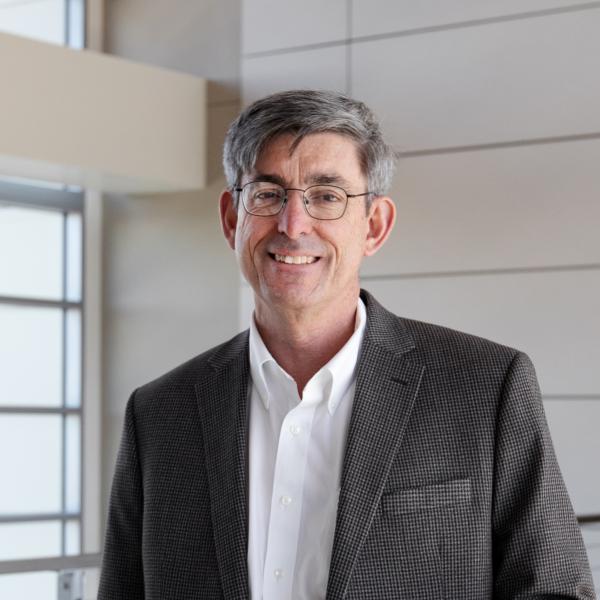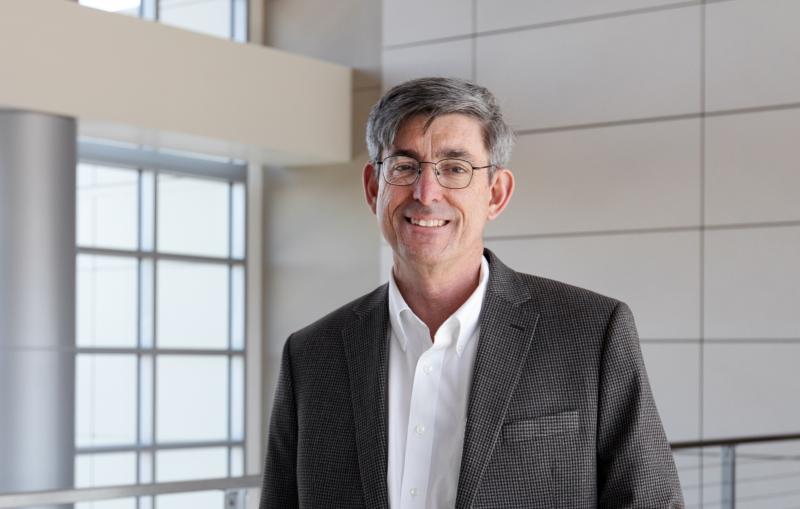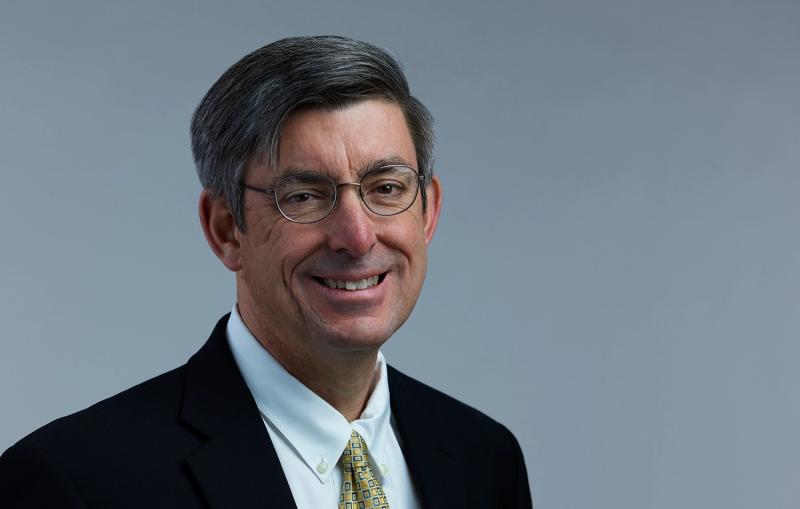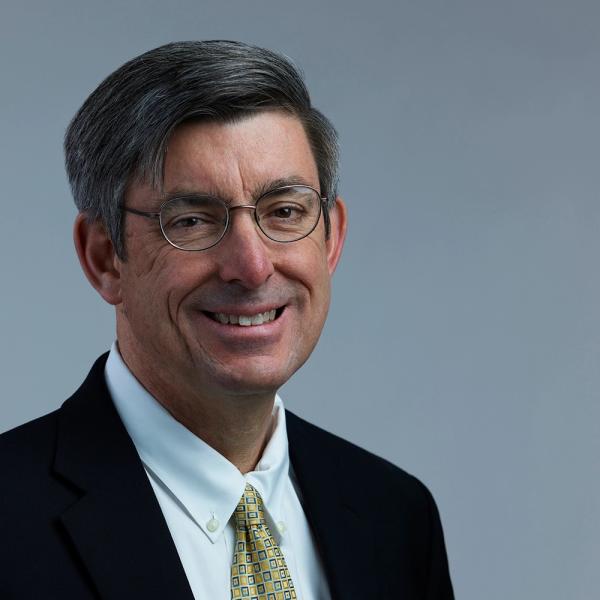John Sarrao became SLAC’s sixth director in October 2023. He came to SLAC from Los Alamos National Laboratory (LANL) in New Mexico, where he served as the deputy director for science, technology and engineering.
In that role he led multiple directorates, including chemistry, earth and life sciences, global security, physical sciences, and simulation and computation. He also stewarded technology transitions and served as LANL’s chief research officer in support of its national security mission. Before becoming deputy director...
John Sarrao became SLAC’s sixth director in October 2023. He came to SLAC from Los Alamos National Laboratory (LANL) in New Mexico, where he served as the deputy director for science, technology and engineering.
In that role he led multiple directorates, including chemistry, earth and life sciences, global security, physical sciences, and simulation and computation. He also stewarded technology transitions and served as LANL’s chief research officer in support of its national security mission. Before becoming deputy director, he also served as associate director for theory, simulation and computation and division leader for materials physics and applications at LANL.
Sarrao’s scientific research focus is superconductivity in materials. He studies the synthesis and characterization of correlated electron systems, especially actinide materials.
He won the 2013 Department of Energy’s E.O. Lawrence Award and is a fellow of the American Association for the Advancement of Science, the American Physical Society and Los Alamos National Laboratory.
Sarrao’s research and technical leadership has emphasized national security science, from plutonium physics research to advanced materials design and discovery and stewardship of high-performance computing resources and simulation capabilities.
Sarrao received his PhD and master’s degree in physics from the University of California, Los Angeles, and a bachelor’s degree in physics from Stanford University.
 (Sam Soon/SLAC National Accelerator Laboratory)
(Sam Soon/SLAC National Accelerator Laboratory)


